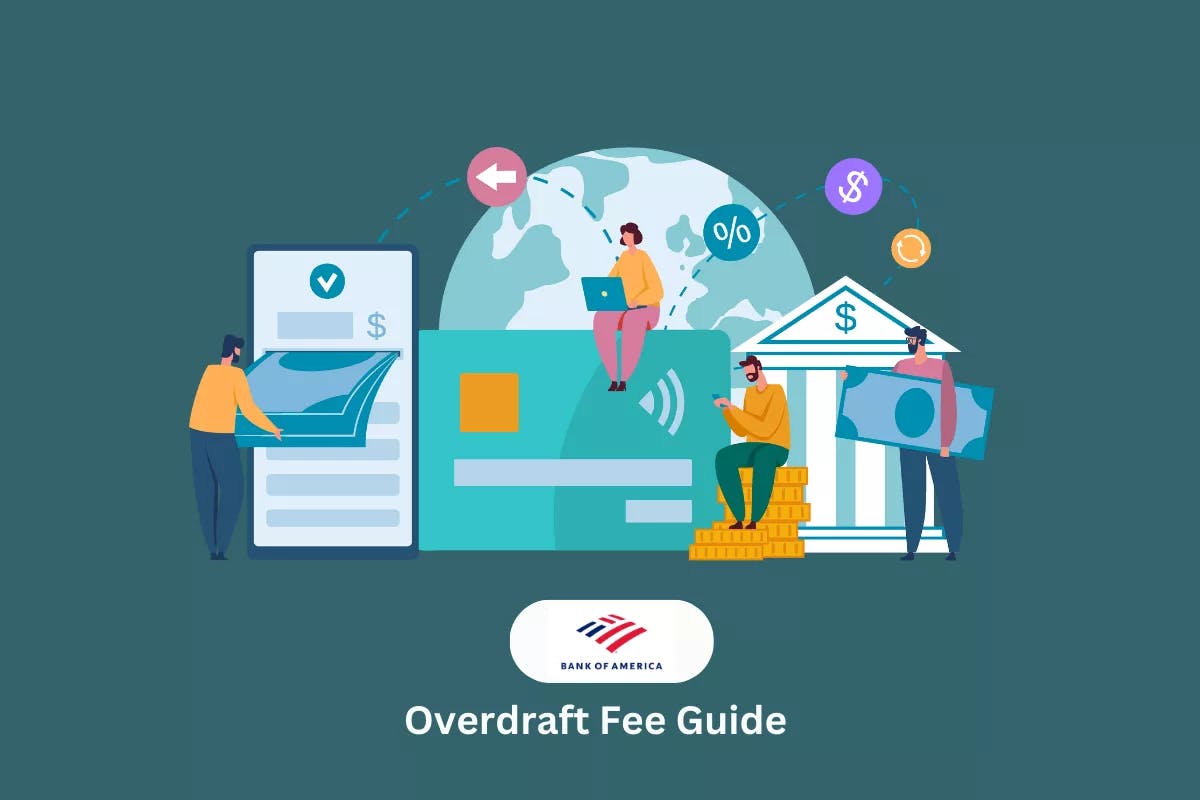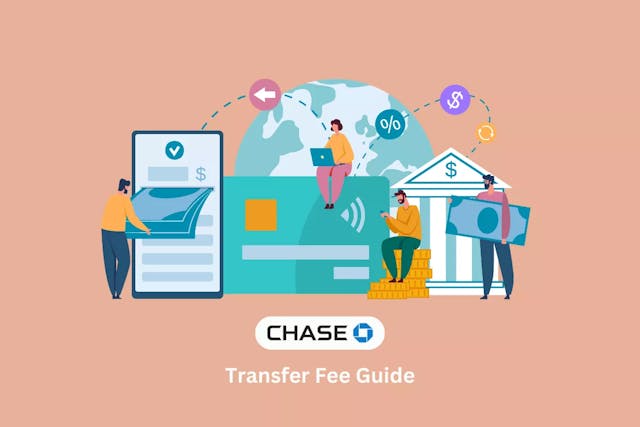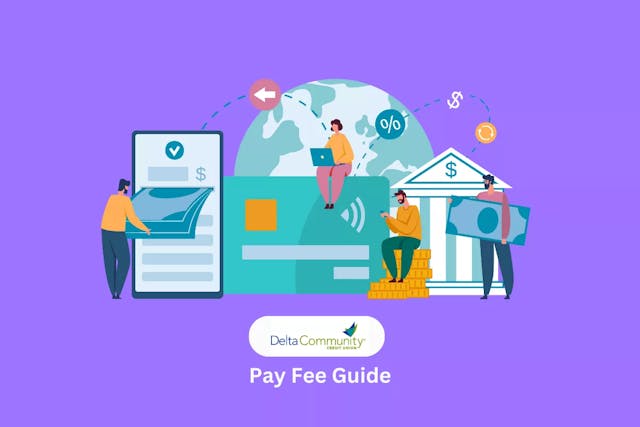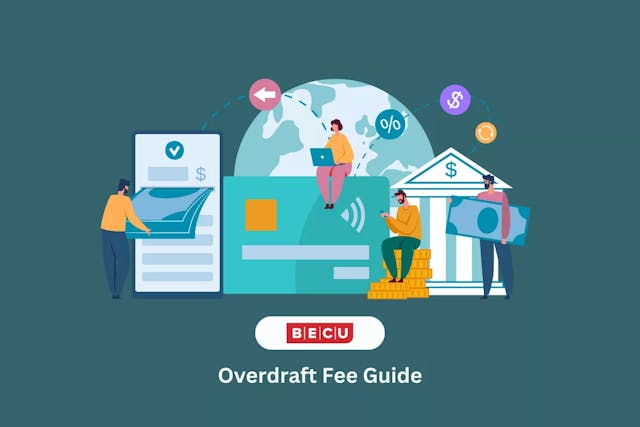What Is an Overdraft Fee?
Bank of America issues you an overdraft fee (overdraft item fee) when you don’t have enough money in your account to complete a transaction but the bank pays for the transaction anyway. This will cause your account to have a negative balance, and you will incur a fee on top of it.
Transactions that can trigger an overdraft item fee include:
- Checks or other transactions made using your checking account number
- Recurring debit card transactions (e.g. gym memberships, streaming service subscriptions)
- ACH transactions
- Online or automatic bill payments (e.g. auto-pay utility bills, credit card payments)
Bank of America can cover other types of overdraft transactions, but you first have to opt into overdraft protection. In addition to the transactions covered by the overdraft item fee, other types of transactions covered by overdraft protection include:
- Everyday, non-recurring debit card transactions (gas, groceries, etc.)
- ATM withdrawals
Bank of America is not obligated to cover any transactions that overdraft your account, regardless of transaction type or overdraft protection status. The decision is ultimately at the bank’s discretion.
How Much Does an Overdraft Fee Cost at Bank of America?
Bank of America charges $35.00 per overdraft fee.
The fee only applies to transactions that cause you to overdraft your account by more than $1.00. For example, if you make a purchase and your account only falls to -$0.50, you will not incur an overdraft fee.
Related Fees
If you overdraft your account, a number of scenarios could occur:
- Overdraft item fee
- Overdraft protection transfer fee
- NSF/Returned item fee
Overdraft item fee
Overdraft item fees most often occur when you are not opted into overdraft protection and the bank allows you to overdraft your account on checks; recurring debit card transactions; ACH transactions; or online or automatic bill payments.
Overdraft protection transfer fee
Overdraft protection transfer fees most often occur when you are opted into overdraft protection and the bank allows you to overdraw your account on checks; recurring debit card transactions; ACH transactions; online or automatic bill payments; everyday, non-recurring debit transactions; or ATM withdrawals. Rather than a $35 overdraft fee, Bank of America will charge a $12 overdraft protection transfer fee if you are opted into the program. To enable overdraft protection, you must link a qualified account so that the bank can transfer funds from one account to another in the event of an overdraft. Qualified accounts include:
- Savings or secondary checking account
- Line of credit
- Credit card
Related articles:
NSF fee
A non-sufficient funds fee—or returned item fee—occurs when you make a purchase but there are not enough funds in your account to cover the transaction. Instead of covering for you, the bank will decline the transaction, or return the item unpaid. Bank of America charges $35.00 for each transaction that causes you to overdraft your account by more than $1.00. The bank will not charge you an NSF fee for ATM or debit card transactions, but can charge you a fee for:
- Checks or other transactions made using your checking account number
- ACH transactions
- Online or automatic bill payments (e.g. auto-pay utility bills, credit card payments)
Special Considerations
Bank of America limits the number of overdraft fees—including both overdraft item fees and NSF fees—to 4 on a single day.
Some accounts, such as the Bank of America Advantage SafeBalance Banking or Advantage Savings accounts, are not eligible to receive overdraft or NSF fees. These accounts are automatically set to Decline All Overdraft, so if you attempt to make a purchase without sufficient funds in your account, the transaction will simply be denied.
If you opt into overdraft protection, you’ll have peace of mind knowing that most of your transactions are covered; however, there are many things to consider before opting in.
Overdraft protection is not mandatory. In fact, your bank is required to ask whether or not you want to opt in. When opening an account in person, this usually means that the representative will run through a long list of questions so they can get to know you better as a customer and customize your account to accommodate your needs. The overdraft protection question is usually lumped into this list of questions, so it can be easy to opt in without thinking about whether it actually makes sense for you and your financial situation. Do your research before opting in.
Opted-in accounts typically pay more on bank fees than accounts that aren’t opted in, and the bank could still charge you an NSF fee even if you are opted into overdraft protection. This might happen if you opted into overdraft protection but don’t have enough funds in your linked account to cover the transaction.
Remember: You can opt into or out of overdraft protection at any time.
Learn more about what you should know before opting into overdraft protection.
How to Avoid an Overdraft Fee at Bank of America
Overdraft fees are one of the most common charges detected on Cushion customers’ accounts, but there are small actions that you can take to avoid them:
- Keep an eye on your account balance and charges.
- Sign up for low-balance notifications.
- Carefully consider whether you should opt into overdraft protection.
Learn more about how to avoid an overdraft fee.
How to Get an Overdraft Fee Refund
Sometimes, overdraft fees are inevitable. But we’ve got great news for you! If you get hit with one, that’s not the end of it. You can try to get Bank of America overdraft fees refunded.
Here’s how you can increase your chances of success.
Prepare your information
Name, address, bank account number, the fees that you’d like to negotiate, and possibly your social security number.
Introduce yourself
“Hello. My name is , and I recently received an overdraft fee while using my card. I’m contacting you to see if you would be willing to refund this fee.”
Have your points of leverage ready
Have you been financially affected by COVID-19? Are you a loyal customer who has banked with the institution for an extended period of time? Do you have multiple accounts with the bank? Do you make regular deposits? Is this overdraft a rare occurrence?
Be patient, persistent, and prepared not to get a refund every time
A little kindness goes a long way. Remember: The representative that you’re speaking with on the phone likely didn’t write the rules on refunds. But also, don’t hesitate to press the issue if you initially hear “no”—that’s what your points of leverage are for. Sometimes, success depends on the representative that you speak with, so try calling back a few days later to speak with someone new. Finally, you have to be willing to lose some negotiations. Try not to get discouraged, but do try to take the necessary steps to avoid an overdraft fee in the future.
Learn more about how to get an overdraft fee refund.
Find Bank of America’s full fee schedule here.



